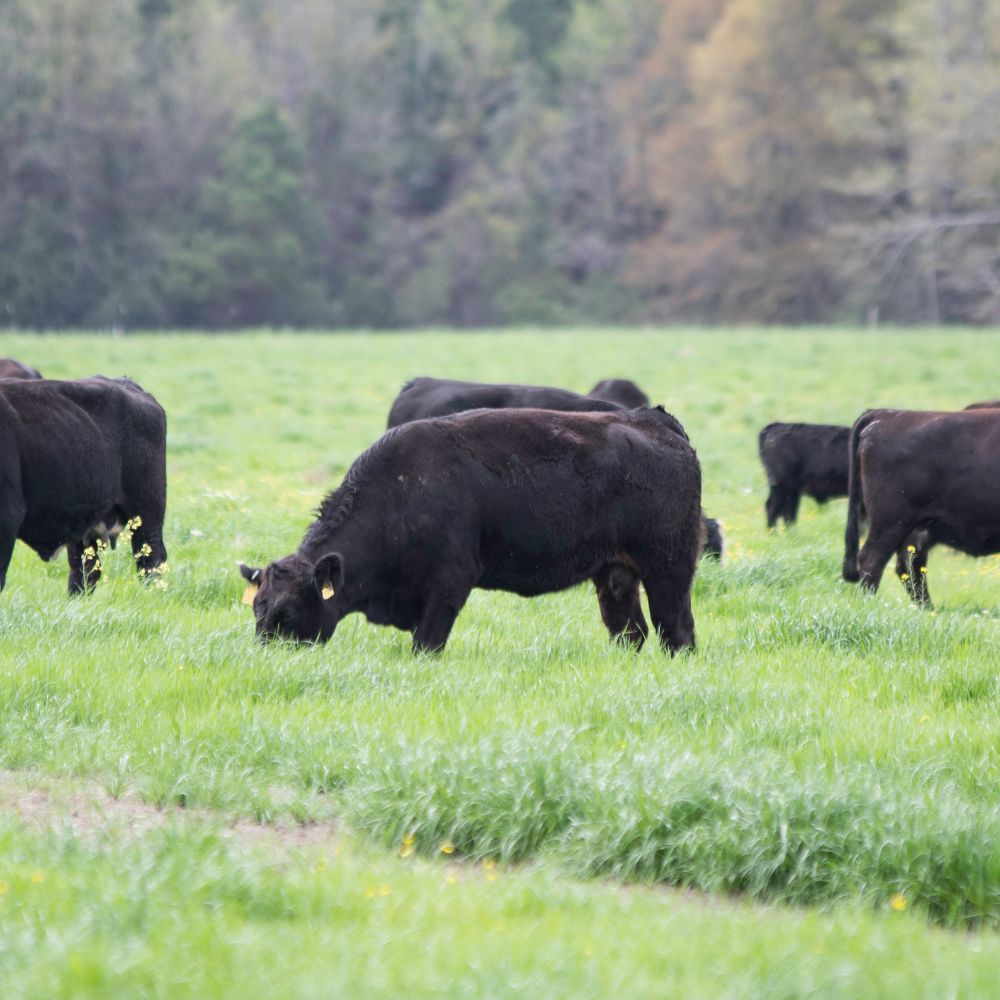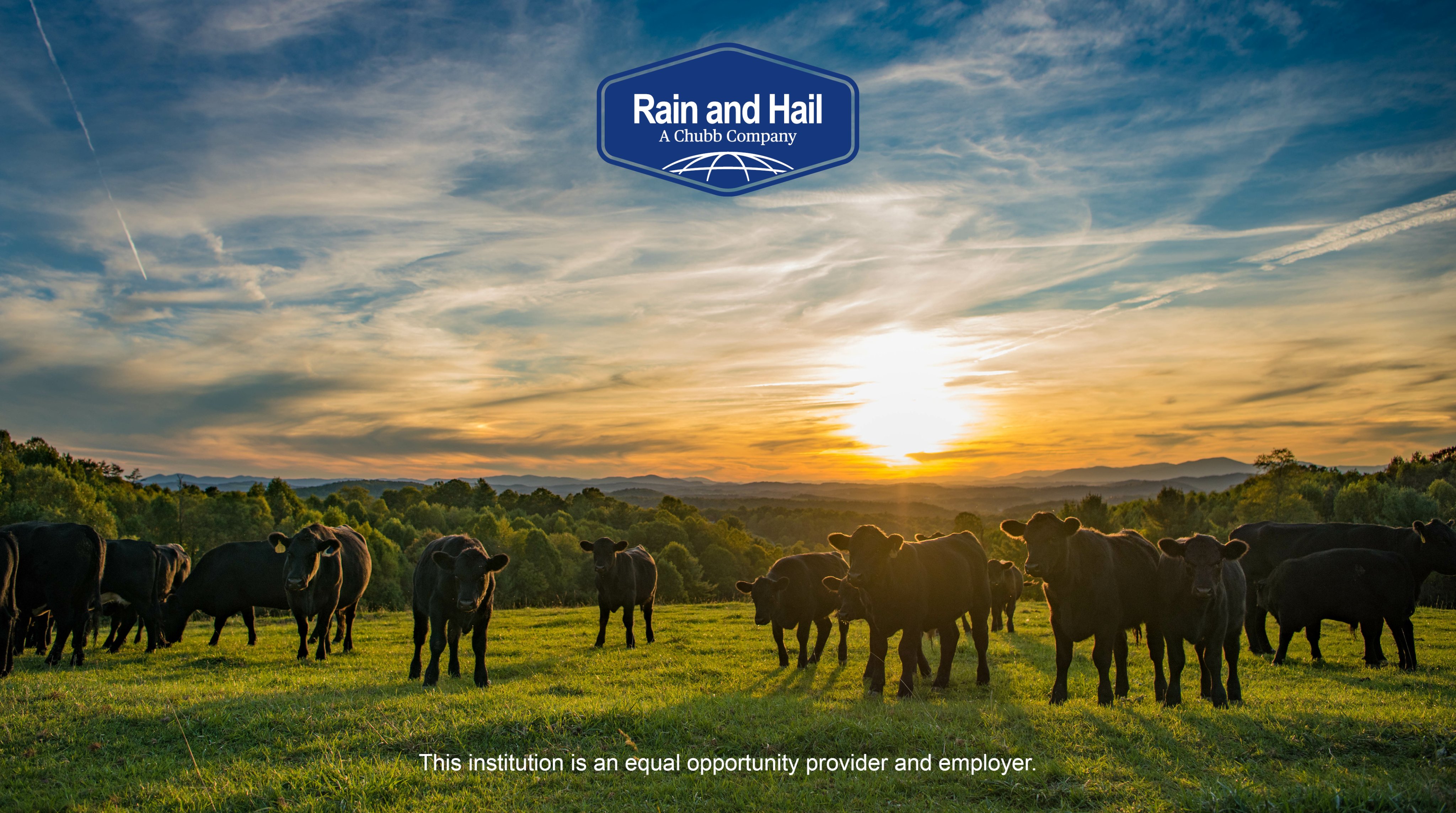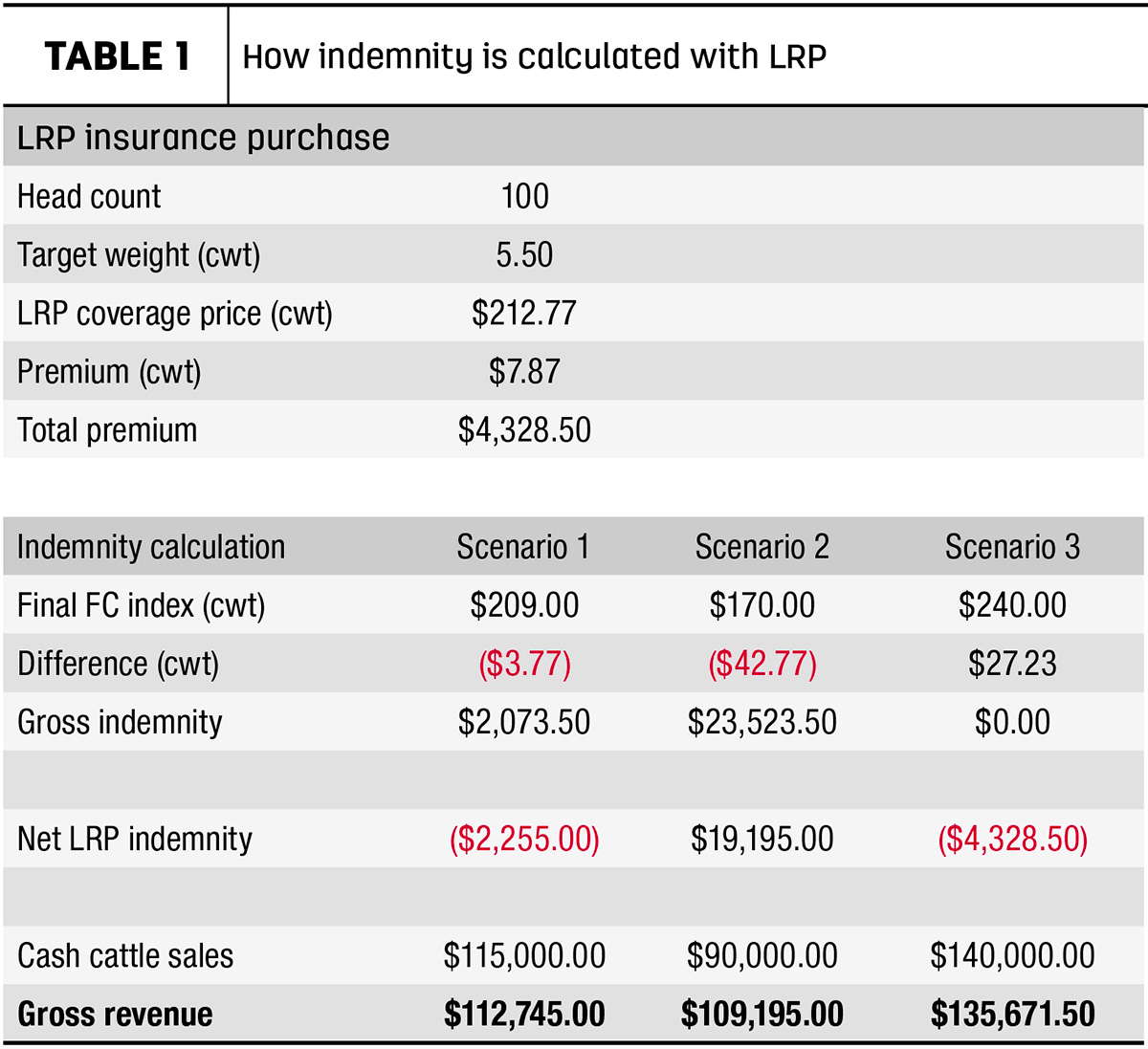Navigating Business Risks with Bagley Risk Management
Navigating Business Risks with Bagley Risk Management
Blog Article
Trick Factors to Consider When Choosing Animals Threat Defense (LRP) Insurance Coverage
When reviewing options for Animals Risk Security (LRP) insurance policy, numerous key aspects call for cautious factor to consider to make sure efficient danger administration in the agricultural sector. Picking the best protection options tailored to your specific livestock procedure is critical, as is recognizing exactly how premium costs correlate with the degree of protection supplied. Additionally, the qualification criteria for different types of animals and the versatility of the plan to adjust to changing circumstances are important elements to weigh. The effectiveness and openness of the cases process can substantially influence the total experience and monetary outcomes for livestock producers. By tactically browsing these important elements, manufacturers can guard their investments and alleviate potential threats properly.
Coverage Options
When taking into consideration Animals Threat Defense (LRP) insurance coverage, it is important to comprehend the numerous protection choices available to reduce threats in the farming field. Livestock Danger Defense (LRP) insurance policy provides different coverage alternatives tailored to satisfy the varied needs of animals producers. Bagley Risk Management. Among the main insurance coverage options is price coverage, which secures versus a decline in market prices. Producers can choose the protection level that lines up with their rate threat monitoring goals, permitting them to secure their operations versus possible financial losses.
Another important insurance coverage option is the recommendation period, which figures out the length of time the coverage holds. Producers can pick the recommendation period that finest fits their production cycle and market problems. In addition, insurance coverage levels and prices differ based upon the kind of livestock being guaranteed, offering manufacturers the flexibility to personalize their insurance plans according to their certain requirements.
Understanding the various insurance coverage options offered under Animals Danger Defense (LRP) insurance policy is crucial for producers to make enlightened choices that successfully shield their livestock procedures from market uncertainties.
Premium Expenses

Animals Threat Security (LRP) insurance gives vital insurance coverage options tailored to mitigate risks in the agricultural industry, with a significant element to take into consideration being the calculation and framework of premium expenses. When figuring out premium expenses for LRP insurance coverage, a number of variables enter play. These include the kind and variety of animals being guaranteed, the protection level chosen, the current market costs, historical cost information, and the length of the protection duration. Insurance companies might also take into consideration the place of the ranch, as geographic aspects can influence the general risk profile.
Premium expenses for LRP insurance policy are normally computed based on actuarial information and run the risk of assessment models. Insurance providers assess historical information on livestock rates and production prices to identify an ideal premium that reflects the degree of risk included. It is vital for livestock producers to thoroughly examine premium prices and protection choices to guarantee they are adequately safeguarded against potential monetary losses because of unfavorable market problems or unforeseen events. By recognizing exactly how premium costs are determined and structured, manufacturers can make informed choices when selecting the right LRP insurance coverage for their operation.
Eligible Animals
The determination of qualified animals for Animals Risk Security (LRP) insurance policy protection includes cautious factor to consider of certain standards and qualities. Animals kinds that are commonly qualified for LRP insurance policy include feeder livestock, fed livestock, swine, and lambs. These animals should fulfill certain certifications associated with weight ranges, age, and planned use. In addition, the qualification of animals may vary based upon the specific insurance copyright and the terms of the policy.
Feeder cattle, for example, are frequently eligible for LRP protection if they drop within defined weight ranges. Lambs are an additional group of animals that can be considered for LRP insurance coverage, with elements such as weight and age playing a crucial function in establishing their qualification.
Prior to choosing LRP insurance policy for animals, producers should carefully evaluate the qualification standards detailed by the insurance supplier to guarantee their pets fulfill the required demands for insurance coverage.
Policy Versatility
Plan adaptability in Livestock Danger Defense (LRP) insurance allows producers to customize insurance coverage to suit their certain needs and take the chance of management strategies. This adaptability empowers livestock producers to tailor their insurance coverage based on factors such as the kind of livestock they own, market problems, and specific risk resistance levels. One essential facet of policy versatility in LRP insurance is the capability to pick insurance coverage levels that line up with the manufacturer's financial goals and risk exposure. Producers can pick insurance coverage levels that shield them versus prospective losses because of changes in animals rates, ensuring they are properly insured without paying too much for unnecessary coverage. Additionally, LRP insurance policy offers versatility in policy duration, allowing producers to select insurance coverage periods that best fit their manufacturing cycles and marketing timelines. By providing adjustable alternatives, LRP insurance coverage makes it possible for manufacturers to efficiently handle their threat exposure while guarding their livestock procedures against unpredicted market volatility.
Insurance Claims Refine
Upon experiencing a loss or damage, producers can launch the insurance claims procedure for their Animals Danger Defense (LRP) insurance coverage by promptly calling their insurance policy provider. It is essential for manufacturers to report the loss as soon as feasible to accelerate the claims process. When connecting to the insurance policy company, producers will certainly need to supply detailed info regarding the incident, image source including the date, nature of the loss, and any appropriate documents such as vet documents or market value.

After the evaluation is complete, the insurance coverage company will certainly choose regarding the claim and connect the outcome to the producer. If the insurance claim is authorized, the manufacturer will certainly receive compensation according to the regards to their Livestock Risk Protection (LRP) insurance policy. Bagley Risk Management. It is vital for manufacturers to be aware of the claims process to ensure a smooth experience in the event of a loss

Conclusion
To conclude, when choosing Livestock Risk Security (LRP) insurance coverage, it is important to take into consideration protection options, premium prices, eligible livestock, plan adaptability, and the claims process. These crucial aspects will assist guarantee that herdsmans and farmers are sufficiently protected against potential threats and losses connected with their animals procedures. Making an educated decision based upon these factors to consider can eventually lead to far better monetary security and satisfaction for livestock manufacturers.
Animals Threat Security (LRP) insurance coverage uses various protection options tailored to satisfy the varied needs of livestock producers.The determination of eligible animals for browse this site Animals Danger Protection (LRP) insurance policy protection includes careful factor to consider of details standards and attributes.Plan versatility in Livestock Risk Security (LRP) insurance policy permits producers to tailor coverage to suit their particular needs and run the risk of management methods.Upon experiencing a loss or damage, producers can launch the cases procedure for their Animals Threat Defense (LRP) insurance coverage by quickly calling their insurance policy copyright.In final thought, when selecting Livestock Threat Security (LRP) insurance policy, it is necessary to think about protection choices, premium prices, qualified animals, policy versatility, and the cases procedure.
Report this page